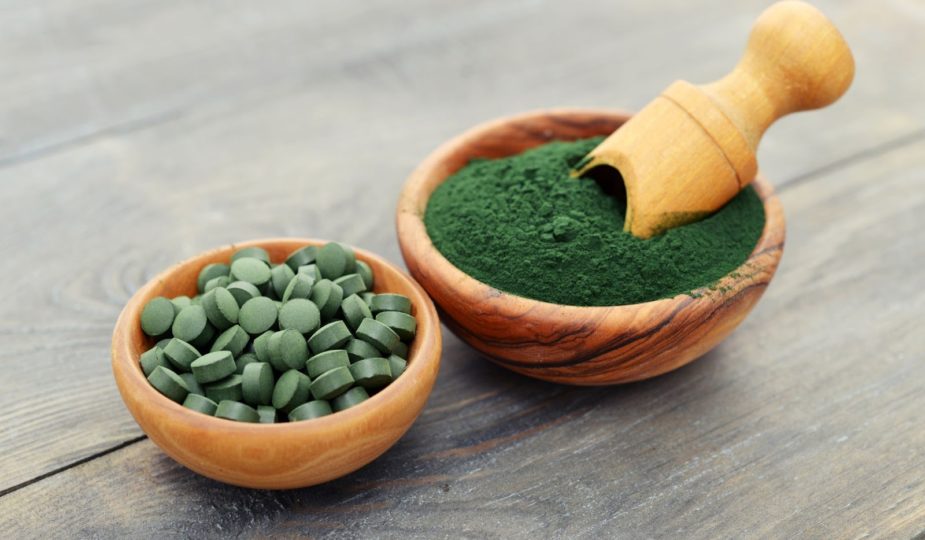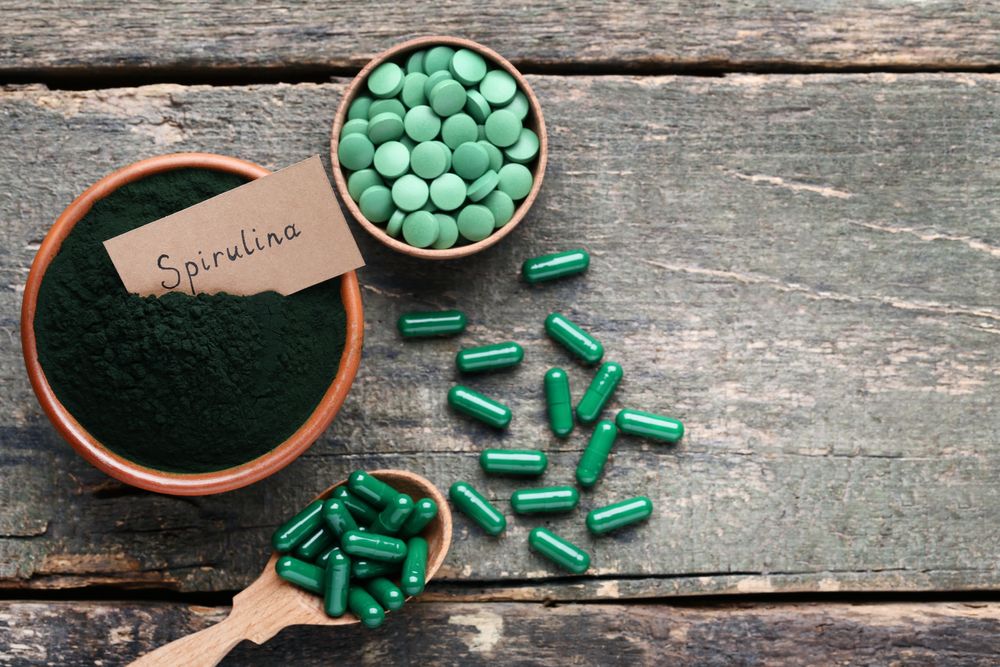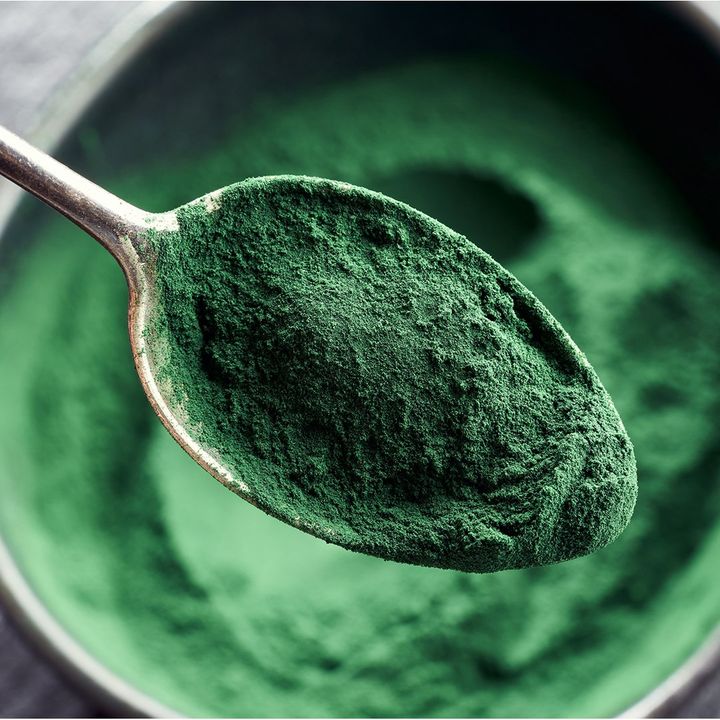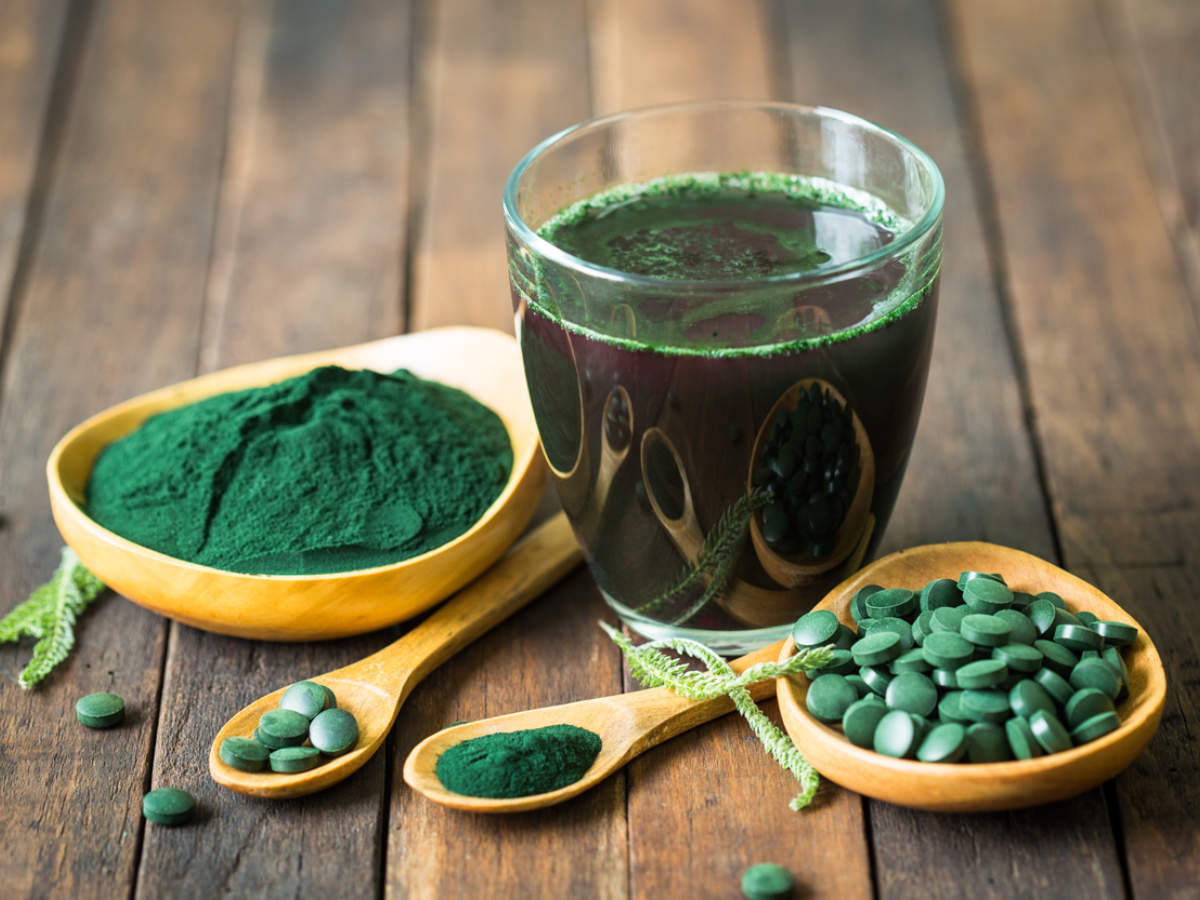
Understanding Spirulina: A Powerful Source of Natural Goodness
One powerful source of natural goodness that’s recently come to light is spirulina. This has turned into a remarkable superfood that people can consume on a daily basis.
As not everyone may be completely clued up about spirulina, this article is intended to help you understand the basics and history of this trendy food supplement, as well as some of its potential health benefits, risks and side effects.
The History of Spirulina
Spirulina is a blue-green organism that comes from a family of single-celled microbes known as cyanobacteria. They are also often referred to as blue-green algae.
Spirulina grows in both salt and fresh water and can produce energy from sunlight via photosynthesis. This is the same process that plants tend to use to transform water, sunlight, and carbon dioxide into oxygen, as well as simple sugars, to use as fuel.
It’s believed that spirulina has been long embraced as a superfood and its ancestors helped to give rise to all life on Earth billions of years ago. Science has determined that the earliest organisms on the planet were able to develop because of spirulina, which was responsible for producing oxygen in abundance.
Allegedly, spirulina was first used during the years 1300 to 1521 by the Aztecs, a Mesoamerican culture that flourished in central Mexico. They harvested the algae from Lake Texcoco and cherished its health-improving benefits to help treat various conditions.
Many civilizations used the algae in regions with pure salt water lakes. Spirulina became a primary staple in the daily diets of the native people in Chad, Africa, as this is an example of where it grows profusely in its natural algae form.
Today, you can find algae in numerous fresh water lakes, rivers, and ponds. In fact, there are more algae in the oceans than stars in the Universe! Mineral-rich alkaline lakes found on every continent, often near volcanoes, have the largest concentrations of spirulina, i.e. along the Great Rift Valley in east Africa. The best environments to help it grow have moderate temperatures and high levels of sunlight.
The popularity of spirulina exploded when NASA proposed growing it in space as a dietary supplement for astronauts. Now, the global spirulina market is expanding, so there needs to be enough supply for everyone. Therefore, some companies are scientifically growing algae in giant laboratory tubes to meet the demand.

Potential Health Benefits
Spirulina is typically known to be one of the world’s most powerful superfoods, potentially packed with plentiful health benefits. Spirulina drinks are considered not only great soft drinks alternatives but also sustainable protein sources. Spirulina is an especially beneficial source for vegans and vegetarians due to spirulina having more protein than meat, fish, poultry, and soybeans.
Out of any food, spirulina has the most beta-carotene, a compound that gives vivid orange, red, and yellow colouring to vegetables. This compound is typically converted by the body into vitamin A, a vital nutrient for our vision that also plays a critical role in cell growth and in maintaining healthy organs such as the heart, lungs, and kidneys.
Moreover, spirulina has a full spectrum of ten mixed carotenoids and contains all eight essential amino acids. It’s also rich in non-essential amino acids, vitamins A, B, and E, enzymes, minerals, iron, potassium, phytonutrients, and fatty acids like omega-3 docosahexaenoic acid (DHA) and omega-6 gamma-linolenic acid (GLA).
Some of the main health benefits of spirulina may include:
- Brilliant source of antioxidants. The phycocyanin compound in spirulina can help to reduce oxidation, which can lead to cell damage and several chronic diseases and prevent enduring inflammation. Its antioxidant effects are also the reason why some people tend to use spirulina for weight loss.
- Manages cholesterol. Damage to fatty compounds, such as cholesterol, may be prevented by the rich compounds in spirulina. A 2016 systematic review and meta-analysis published by Clinical Nutrition journal has highlighted that the protein in spirulina can lower cholesterol levels by reducing the body’s absorption of cholesterol.
When included as part of a daily healthy, balanced diet, the algae could potentially reduce the ‘bad’ low-density lipoprotein (LDL) cholesterol and raise ‘good’ high-density lipoprotein (HDL), thus helping to manage total cholesterol.
- May reduce blood pressure. Many serious diseases, including heart attacks, chronic kidney disease, and strokes, happen as a result of high blood pressure. In a small 2007 study by Torres-Duran et al., researchers from Mexico have found that a high dose of 4.5 grams of spirulina per day may lead to lower blood pressure levels in individuals with normal levels.
- Could aid blood sugar control. Some evidence suggests that spirulina can be effective in humans with type 2 diabetes. In a two-month 2001 study, researchers from the MS University of Baroda, India, found that taking 2 grams of spirulina per day contributed to an impressive reduction in the blood sugar levels of 25 people. However, bigger and longer studies are necessary.
- Provides allergy relief. The antioxidants in spirulina provide anti-inflammatory effects, which may help people with allergies caused by animal hair, dust, and pollen. As stated in a 2008 study published in the European Archives of Oto-Rhino-Laryngology volume, spirulina significantly reduced symptoms like congestion, itching, and sneezing. Therefore, the algae may be a good alternative to allergy medications.

Risks and Side Effects
Spirulina is high in nutrient activity, so there’s a chance that some side effects may occur. These could include headaches, insomnia, muscle pain, and sweating.
Consider consulting your doctor prior to use, especially if any of the following relate to you:
- Auto-immune diseases;
- Bleeding disorders;
- B12 deficiency;
- Diabetes;
- Medication interactions;
- Pregnancy concerns;
- Toxins (caused by contamination).
When buying spirulina, it’s essential to look for the purest, highest nutritional grade of dried spirulina that can then be sold directly as a powder or pressed into tablet form. These forms are most suitable for human consumption and allow for convenient integration into one’s daily diet.
Recharge with FUL® Superfood

A really easy and delicious way to get your daily dose of spirulina is through our ful superfood drinks. We’ve created refreshing, sparkling drinks from nature’s very own microalgae.
Our immune-boosting zesty products aren’t climate neutral, they’re climate active. In order to grow our spirulina, we developed our own highly sustainable production process that efficiently recycles CO2 emitted by other industrial processes into oxygen and rich nutrients.
FUL® makes sure to avoid a lot of the damage that current sources of popular nutrition cause our earth, such as biodiversity loss, deforestation, desertification, fresh water usage, and pollution.
Our team of leading food scientists and passionate climate supporters give thanks to spirulina, as without algae, none of us would exist! Algae are responsible for producing over half the oxygen we breathe. In return, our company strives to give back, proactively benefiting the earth and its life forms through FUL®’s product properties.
Drinking blue is an amazing way to act green, breathing life back into our world.
Final Thoughts
Overall, the reputation of spirulina is hugely positive. For such a tiny blue-green organism, it most certainly doesn’t hold back in the nutrient department! Spirulina is living proof that natural sources are full of sustenance and importance.
The potential benefits of algae are inspiring for both people and the planet. Spirulina is truly a force to be reckoned with in the health and wellness world.









